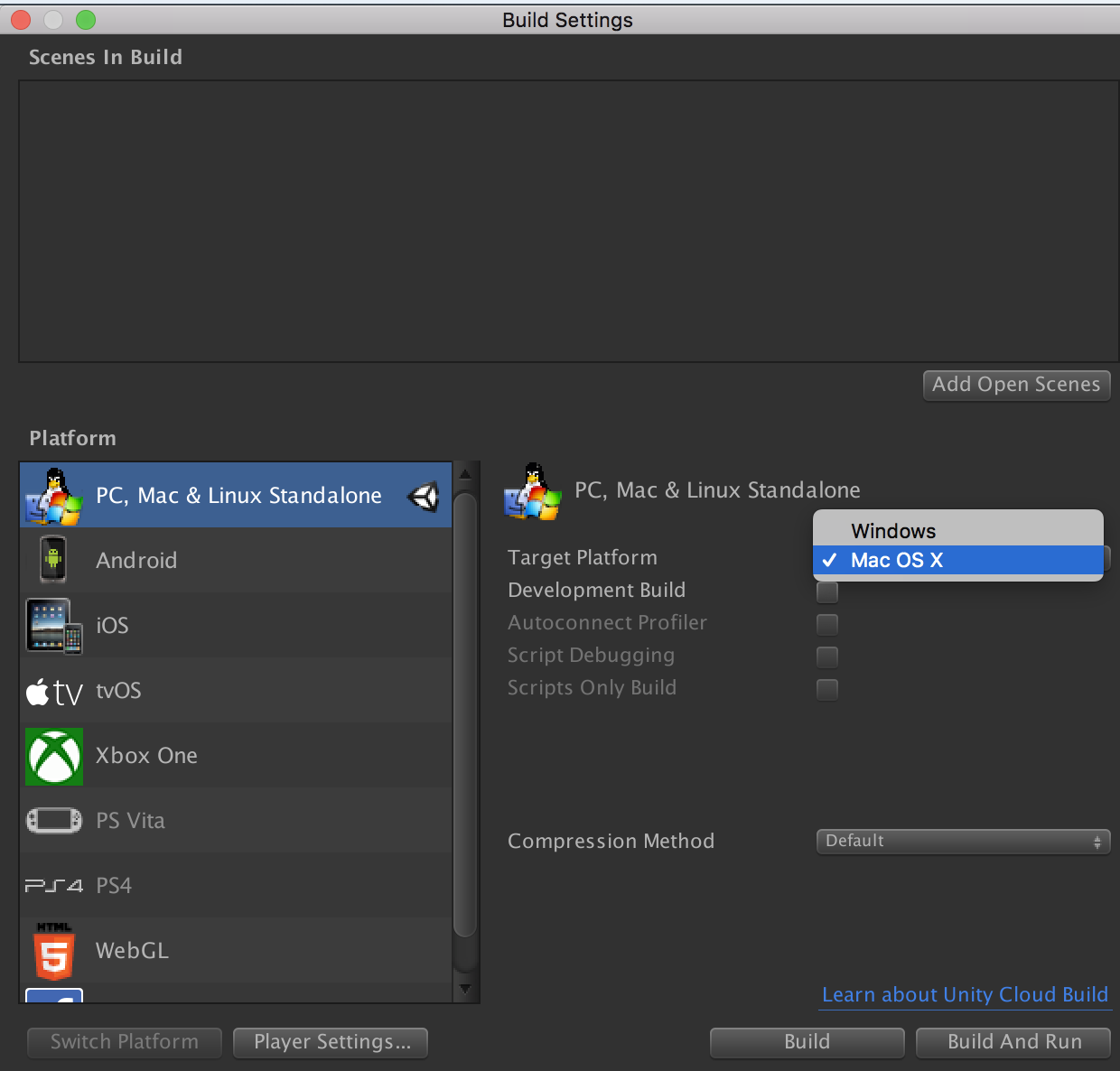
To prevent shadow acne, you can adjust the light bias settings. Shadow acne in the form of false self-shadowing artifacts The result is arbitrary patterns of pixels in shadow when they should be lit, giving a visual effect known as “shadow acne”. This is because pixels that should be exactly at the distance specified in the shadow map are sometimes calculated as being further away (this is a consequence of using shadow filtering, or a low-resolution image for the shadow map). Shadow acneĪ surface directly illuminated by a Light sometimes appears to be partly in shadow. More info See in Glossary underneath your characters, or can create blob shadows with custom shaders.

More info See in Glossary or quad A primitive object that resembles a plane but its edges are only one unit long, it uses only 4 vertices, and the surface is oriented in the XY plane of the local coordinate space. Nurbs, Nurms, Subdiv surfaces must be converted to polygons. Unity supports triangulated or Quadrangulated polygon meshes. Meshes make up a large part of your 3D worlds. If this is too resource-intensive, you can fake shadows using a blurred texture applied to a simple mesh The main graphics primitive of Unity. More info See in Glossary meshes or even primitives to cast shadows.

If rendering real-time shadows for complex geometry is prohibitively expensive, consider using low LOD The Level Of Detail (LOD) technique is an optimization that reduces the number of triangles that Unity has to render for a GameObject when its distance from the Camera increases. Soft shadows have a greater rendering overhead than hard shadows, but this only affects the GPU and does not cause much extra CPU work. More info See in Glossary that might cast shadows must first be rendered into the shadow map and then that map will be used to render objects that might receive shadows. A GameObject’s functionality is defined by the Components attached to it. Real-time shadows have quite a high rendering overhead any GameObjects The fundamental object in Unity scenes, which can represent characters, props, scenery, cameras, waypoints, and more.


 0 kommentar(er)
0 kommentar(er)
